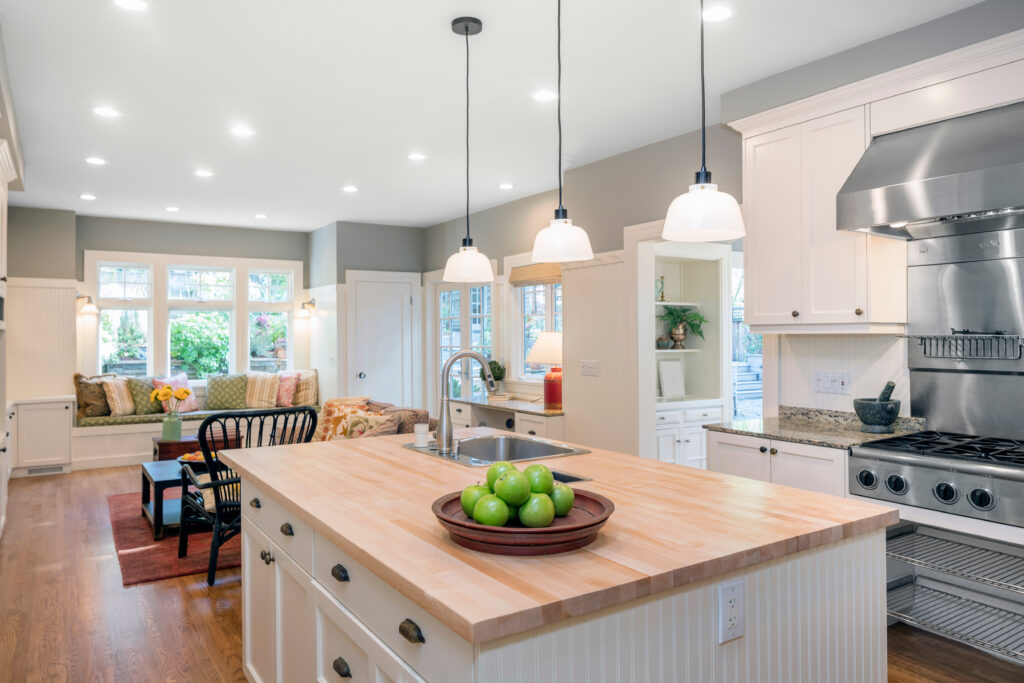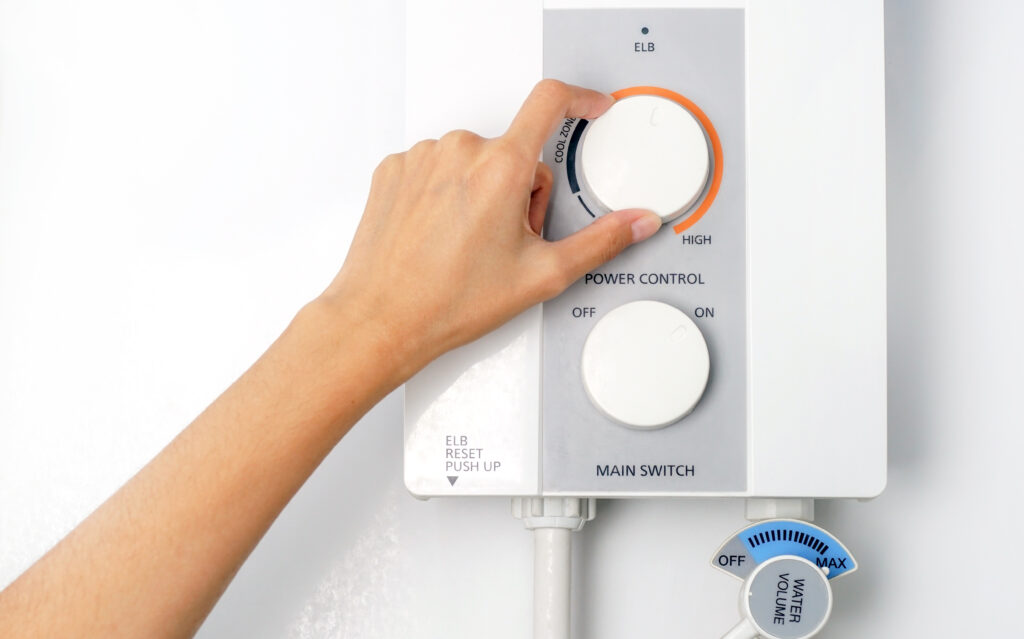How to Reset an RV Circuit Breaker and Stay Grounded in the World of Home Warranties
When you’re mid-road trip and your RV suddenly goes dark, it’s rarely the apocalypse. Much more likely? A tripped circuit breaker. Understanding how RV circuit breakers work—plus how they tie into grounding and home warranties—can save you a lot of irritation, not to mention avoidable service calls. Whether you’re parked at a scenic spot or rolling through town, keeping your RV and its tiny electrical universe humming along is crucial. Let’s unpack how circuit breakers reset, how grounding works, and why it all matters for homeowners (and RV owners) thinking about long-term protection like a home warranty.
What is an RV Circuit Breaker, and Why Does It Trip?
Picture the circuit breaker as your RV’s bouncer: it protects your electrical system from getting overwhelmed. When the system detects too much electricity flowing through an electrical circuit—say from running your air conditioner, microwave, and hair dryer all at once—it trips the switch to stop the flow and prevent a fire. That’s a bigger deal than losing your popcorn mid-pop.
RV circuit breakers operate the same basic way as your home’s breaker box, but compact and specialized for mobile living. They’re typically located in a breaker panel inside a cabinet or behind a tucked-away panel. The breaker panel sends electricity to the different parts of your RV—kitchen outlets, lighting, AC, etc.—and shuts it down if anything gets out of balance. Some RVs also have a main breaker on the pedestal outside the vehicle at your campsite’s hookups. So yeah, if power’s out, you may need to check more than one location.
How to Reset Your RV Circuit Breaker Safely and Quickly
Okay, so if your RV trips its circuit and throws you into total blackout—first, don’t panic. Have a flashlight nearby? Good. Now you’re ready. Open your RV’s breaker panel and look for the switch that isn’t in line with the others. It might be sitting slightly between “on” and “off,” almost hesitating.
To reset it: first, push the breaker all the way to “off” to clear it out. Then flip it decisively back to “on.” You want a nice firm click. If it stays there, you’re good. If it flicks back off again, then whatever caused it to overload hasn’t been resolved—so, uh, don’t just keep flipping it over and over. Unplug some devices and try again. Still no luck? Might be a short circuit or faulty wiring at play. That’s where professional backup (or your home warranty plan) earns its place.
Grounding: What It Means and Why It Matters (Especially in an RV)
Grounding—yep, it sounds like something your parents threatened when you were a teen—but it’s also a safety-critical part of electrical systems. Basically, grounding gives excess electrical current a safe escape route into the Earth. It protects you—and your appliances—from surges that could come from lightning, power surges, wiring errors, or improperly functioning kitschy neon beer signs (you know the one).
In an RV, grounding can work a little differently than at home, because you’re dealing with a mobile structure that connects into various, sometimes questionably wired, shore power hookups. Ideally, your RV’s metal frame gets grounded through the plug connection at the campsite. If that hookup isn’t properly grounded? Well—hello, electric shock hazard. This is why ground fault circuit interrupters (GFCIs) are built into modern RVs. Those outlets shut off fast if they detect any imbalance. Still, electrical testing tools like a polarity tester or surge protector with error indicators can help confirm your outlet’s doing what it’s supposed to.
Common Problems That Lead to Tripped RV Breakers
Why does your breaker trip when you start the coffee maker and the AC kicks on? Probably a load issue. Every circuit has an amp limit; go over it, and it flips that switch. Another culprit? Short circuits. When bare wires make an unintended connection, electricity bypasses the normal path and surges quickly—sort of like a footrace without the track. Breaker trips. No way around it.
Then, there’s ground faults. These happen when power strays off the path and tries to ground itself through you—hello, tingling metal surfaces. That’s when grounding becomes not just techy jargon, but very personal. Compromised wires; worn appliances; even humidity getting too cozy with your outlets can be to blame. Oh, and never forget rodents with a taste for insulation. Gross and true.
How Homeowners (and RV Owners) Can Make Better Decisions With This Knowledge
Understanding how your RV breaker and grounding systems work translates to home life, too. Circuit breakers and grounding aren’t just vehicle basics—they’re standard thank-you-for-not-burning-down-the-house-level safety devices. If you own a home and something weird or sketchy starts happening with your power—flickering lights, appliances heating up when they shouldn’t—think about the circuit and grounding layout. You don’t need to be an electrician to spot trouble before it escalates. You just need to know what “normal” looks like, and when something’s off.
More importantly, this knowledge helps you communicate better with pros (or smart warranty companies) when something goes wrong. “My kitchen breaker trips when I run the dishwasher and toaster” is way more helpful than “I think the house hates me.” And trust me, your service tech will thank you.
Why a Home Warranty Can Be a Game-Changer With Electrical Systems
Let’s be honest—electrical repairs aren’t exactly DIY-friendly. Especially when it comes to grounding issues or recurring breaker problems, that’s firmly expert-only territory. And experts? Not cheap. That’s where a home warranty steps in, covering the costs of diagnosis and repairs for your home’s critical systems—including electrical panels, wiring, and yes, sometimes even connections that involve external structures like an RV outlet (depending on your provider and plan).
Instead of budgeting for potential worst-case repairs—you know, the kind that show up on your doorstep during a holiday with a $1,200 estimate—you can rely on a plan that gives you straightforward coverage and local technicians on call. Plus, if you already live full- or part-time in your RV, some warranty providers even customize plans based on mobile setups or non-traditional living arrangements.
Ready to Protect Your Home (and Your Circuits)? Meet Armadillo.
You don’t need to become an expert in breaker anatomy or grounding pathways to stay safe and protected. You just need solid coverage and a team who gets it. That’s what Armadillo specializes in—smart, streamlined home warranty plans that protect you from electrical headaches, system fails, and appliance meltdowns alike. From your panel box to your HVAC to outdoor hookups, they’ve got your back.
Learn more about who we are and what we cover at Armadillo’s homepage. Or, if you’re ready to build a customized protection plan that matches your zip code, your setup, and your RV lifestyle (if that’s your vibe), start right here: Build Your Plan. We’ll help keep the lights on—and the breakers behaving—wherever you call home.


























